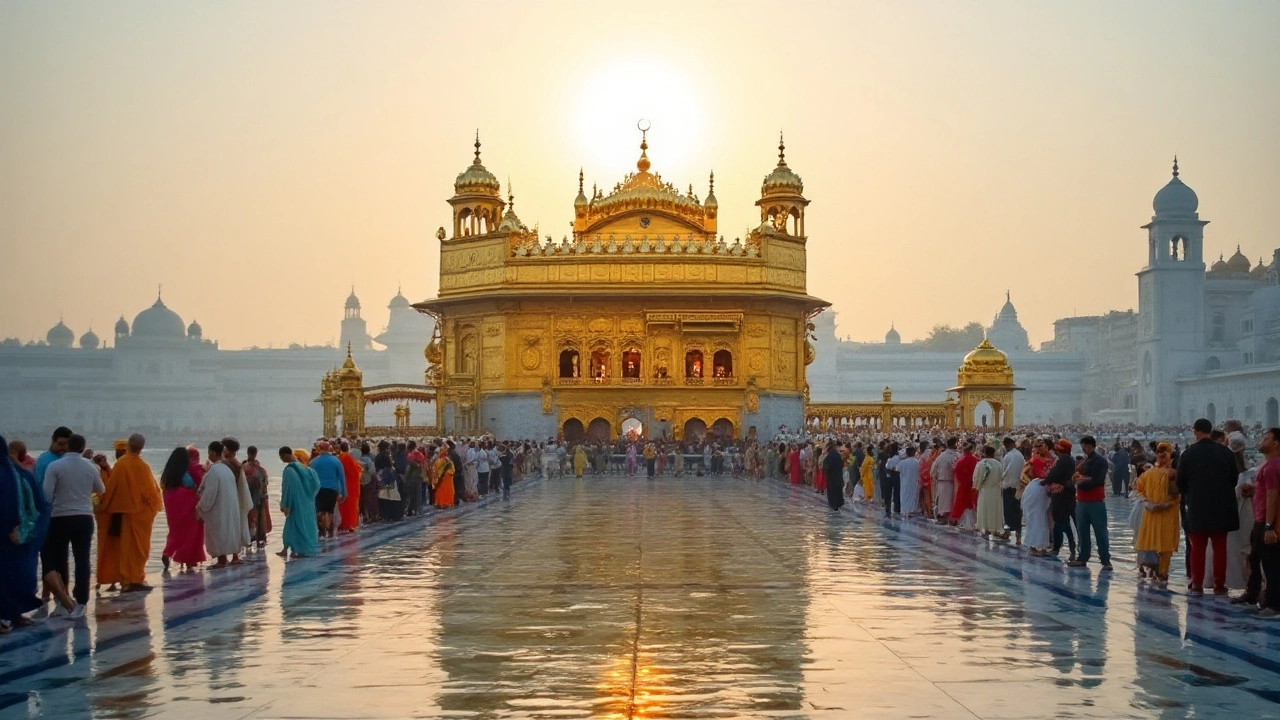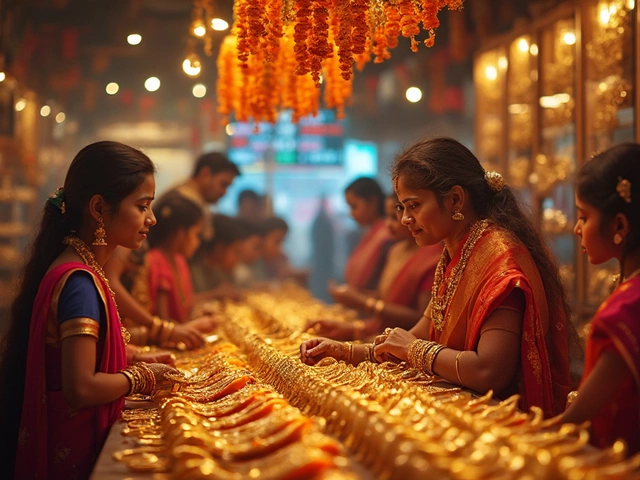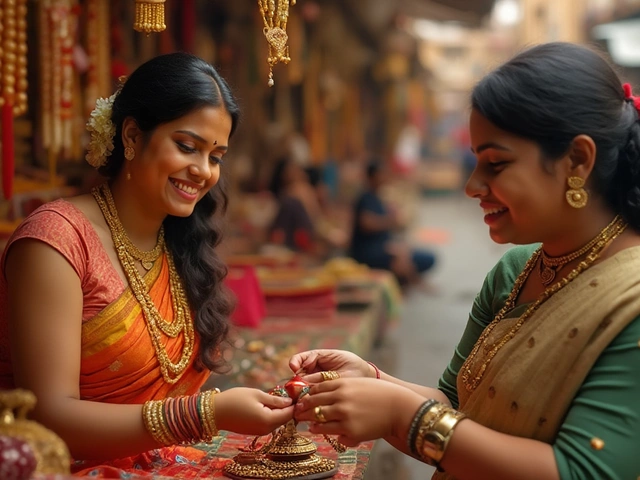Kashi Vishwanath Temple: History, Significance & Visiting Tips
Kashi Vishwanath Temple is one of the most celebrated shrines in India. Nestled on the banks of the Ganges in Varanasi, it draws millions of devotees who come to see the golden spire and pray to Lord Shiva. The temple’s name means “the Lord of the Universe” and it’s believed that a single visit can wash away sins. Whether you’re a pilgrim, a history buff, or just curious, understanding what makes this place so magnetic helps you plan a richer trip.
What Makes Kashi Vishwanath Special?
The temple traces its roots back to ancient scriptures that describe Varanasi as the city where heaven meets earth. Over centuries the shrine faced destruction, especially during the Mughal era, but every time it was rebuilt—most famously by Maharani Ahilya Bai in the 18th century. The present structure, covered in a pure gold dome, was completed in 1965 after a long legal battle over land. This resilience adds a layer of reverence; visitors feel they’re part of a story that’s survived wars, politics, and time.
Spiritually, Kashi Vishwanath is linked to the concept of “Panchakshara”—the five sacred syllables of Lord Shiva. The belief is that dying in Varanasi or taking a dip at the Ganges while offering prayers at this temple grants moksha, or liberation from the cycle of rebirth. Many also tie the temple to the legend of Saraswati, the river goddess, who is said to have hidden her sacred waters in the Ganges to protect them. These myths create a deep emotional pull and explain why the shrine is a major pilgrimage destination for Hindus across the world.
Practical Tips for Visiting the Temple
Plan your visit early in the morning or just before sunset to avoid the longest crowds. The temple opens at 6 am and closes at 11 pm, with a short break for Aarti in the late afternoon. Dress modestly—no shorts or sleeveless tops—and remove shoes before entering the inner sanctum. Photography inside the main hall is prohibited, so keep your camera in your bag.
Getting there is easy: the Varanasi railway station is about 6 km away, and local auto-rickshaws or shared taxis can drop you at the temple gate. Expect a security check, and be prepared for a short queue, especially on holidays. If you want a closer look at the gold dome, consider purchasing a small ticket for the museum nearby, which also showcases artifacts from the temple’s earlier versions.
For overnight stays, choose hotels in the old city (Purani Basti) for a walkable distance to the Ganges and the temple. These areas are bustling with street food stalls—try the kachori and jalebi after your darshan. The best months to visit are October to February when the weather is cool and the city’s lights reflect beautifully on the river.
Remember to respect local customs: avoid loud conversations inside the sanctum, follow the priest’s instructions during rituals, and offer a small donation if you can. With these simple steps, you’ll experience Kashi Vishwanath not just as a tourist spot but as a living piece of spiritual heritage.
Exploring India's Pure Gold Temple: A Jewel of Heritage and Craftsmanship
India is home to several temples renowned for their intricate and opulent use of gold. Among these, some stand out for their rich blend of spirituality and art, literally shimmering with gold adornment. This article delves into India's Golden Temple, exploring its history, significance, and the exquisite gold craftsmanship that defines it. Whether you're drawn by faith or the artistry of its gleaming decor, this golden marvel holds many stories to uncover. Let's journey into the heart of this sparkling treasure.




